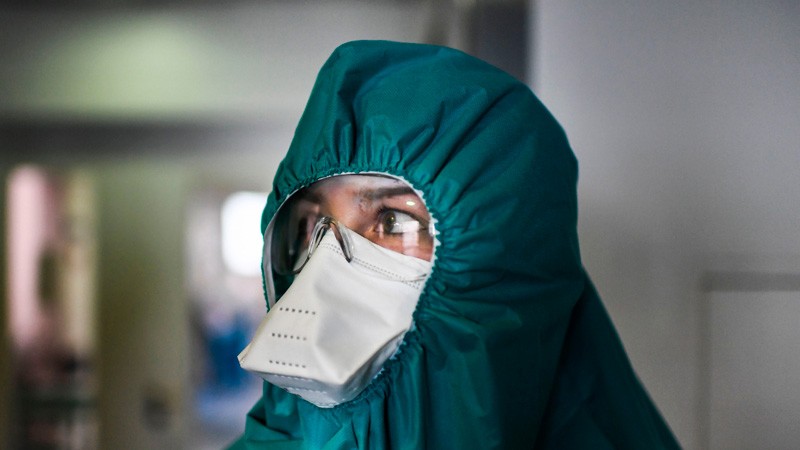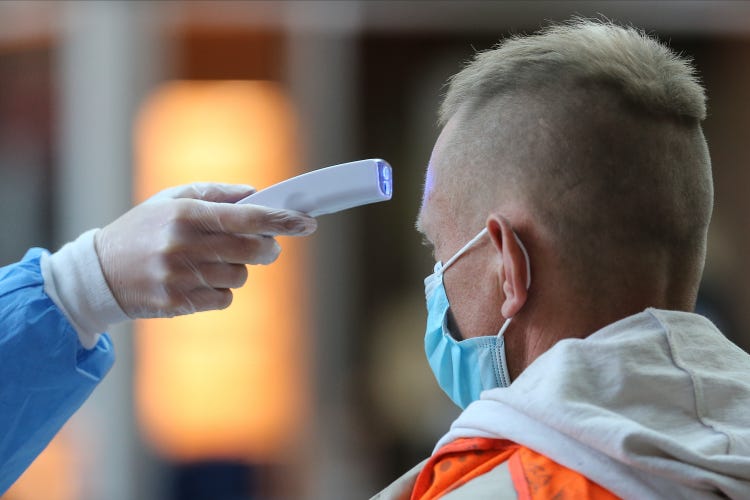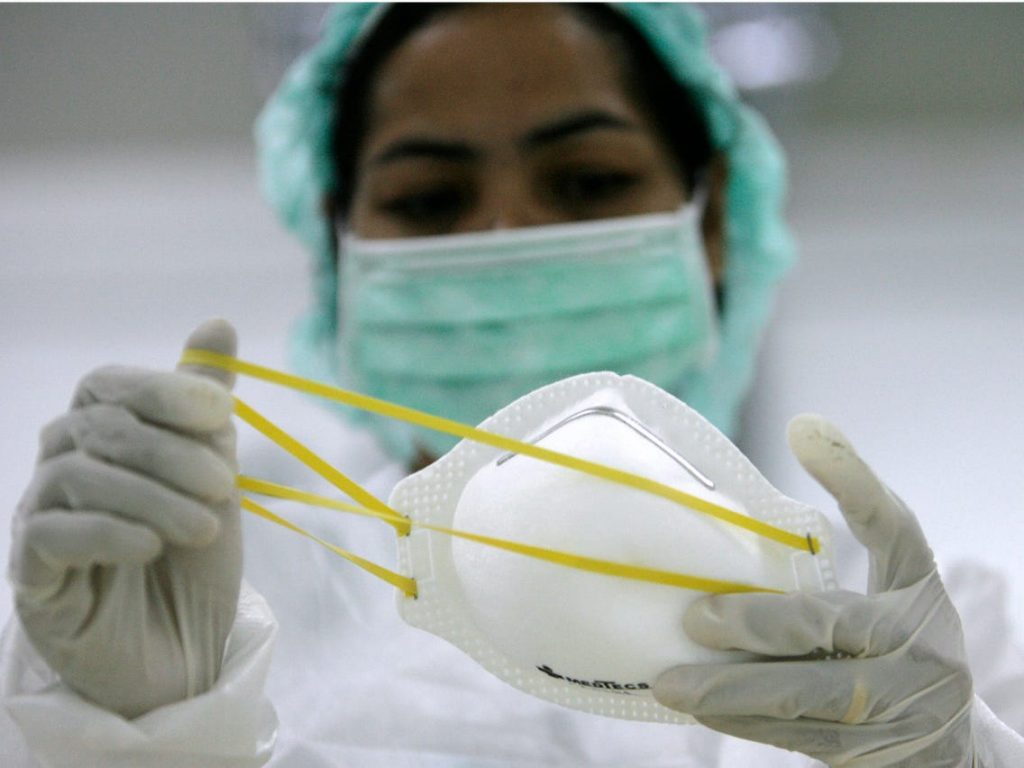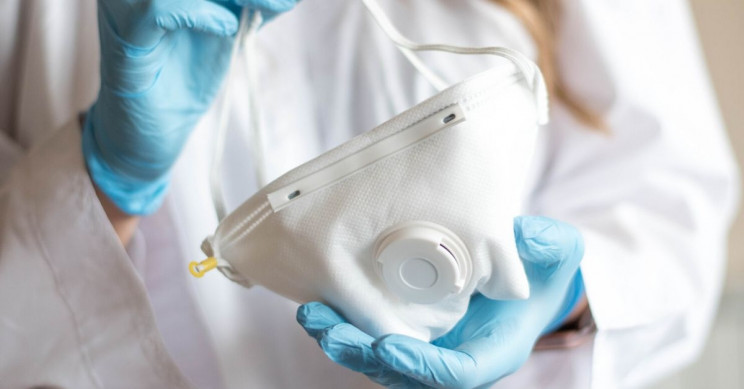A team comprised of scientists at Harvard and MIT is currently working on tweaking an Ebola and Zika detecting face mask tool for the sake of identifying COVID-19. The news was published in a post on Harvard University’s Wyss Institute.

The initial study of the team reported the Ebola and Zika detecting face mask tool back in 2016. It was published in the journal Cell. Now the team is busy with updating the tool so that it emits a fluorescent signal when it detects a coronavirus patient breathe, sneeze, or cough. If the approach is successful, it might help the world to combat coronavirus much more effectively.

Researcher Jim Collins said, ‘As we open up our transit system, you could envision it being used in airports as we go through security, as we wait to get on a plane. You or I could use it on the way to and from work. Hospitals could use it for patients as they come in or wait in the waiting room as a pre-screen of who’s infected.’

Doctors will also be able to rely on this face mask tool to conduct an in-situ diagnosis of patients and thus will be able to save time that is otherwise spent on sending the samples to a lab. Testing errors and delays have tampered with many countries’ attempts at trying to contain the local outbreaks. Collins admits that the current work of the lab regarding the coronavirus detecting face mask tool is in the early stages but goes on to say that the results are quite promising.

The team is currently also debating on the design. The lab is discussing if it should incorporate sensors inside masks or should it create a new module that can be affixed to any regular mask. Collins said, ‘Once we’re in that stage, then it would be a matter [of] setting up trials with individuals expected to be infected to see if it would work in a real-world setting. We initially did this on paper to create inexpensive paper-based diagnostics. We’ve shown it can work on plastic, quartz, as well as cloth.’


